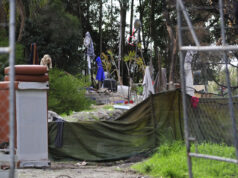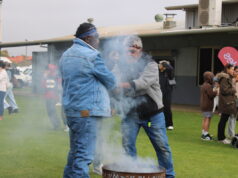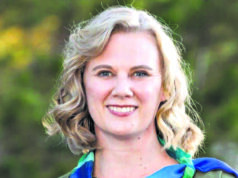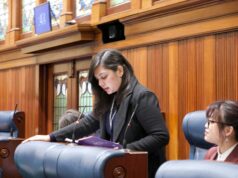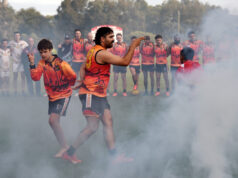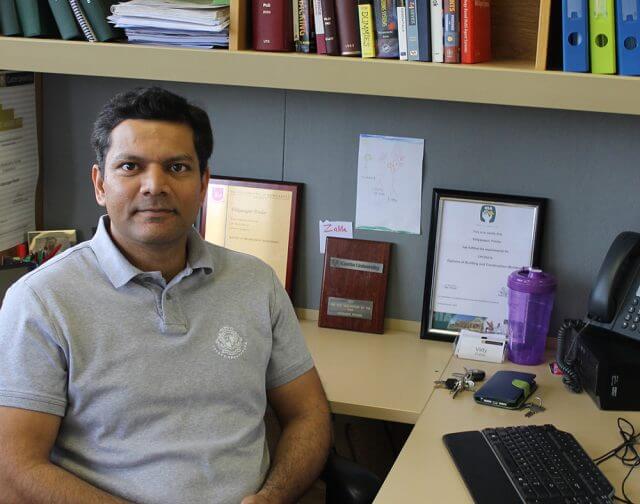
With the NBN heating up as a major election voting point an expert has lauded the fibre to the premises (FTTP) model and urged the major parties to aim for the highest speeds possible so Australia is globally competitive.
Curtin University School of Information Systems research fellow Vidy Potdar said Australia was slipping fast in the global broadband speed rankings and Australia should aim to be in the top 20.
“Australia has been on a downward journey in the broadband space globally,” he said.
“We have just slipped down by 14 points on the average peak broadband connection speed and we are now ranked 60th…we are now nearing developing countries such as Sri Lanka, Vietnam and the Philippines.
“We should aim to be at least in the top 20 if not in the top 10.”
The Labor Party’s NBN will see high speed fibre wires directly connect homes and businesses to the internet while the Coalition’s fibre to the node (FTTN) model sees the use of both fibre and existing copper to reduce rollout time and cost.
Dr Potdar said both the Labor and Liberal parties’ NBN approaches had merit given the cost, time and quality of service constraints but the Labor Party’s FTTP was per international standards.
“Most of the developed nations and the nations with the best broadband connections have adopted FTTP over the mixed technology,” he said.
“The major downfall (of the Coalition’s NBN) is the maximum broadband speed that can be achieved as a result of the mixed technology plan.
“When we put these constraints and assess it based on what the initial objective of the NBN plan we very quickly realise that anything other than FTTP will not yield the same kind of broadband experience, for which NBN was initially launched.
“This is because the demand for high speed broadband is increasing and it has in fact increased at an unexpected rate.”
The NBN has emerged as an important infrastructure project in Perth’s southeast with suburbs like Huntingdale and Seville Grove regularly complaining of poor internet connectivity.
Last week the Labor Party announced it would prioritise FTTP rollout of the NBN to suburbs like Huntingdale, Southern River, Martin and Canning Vale.
Labor candidates for Burt and Hasluck Matt Keogh and Bill Leadbetter spruiked the speeds possible under their plan.
Mr Keogh said while the Coalition’s approach may appear to be cheaper and quicker its reliance on old technology meant ultimately it needed to be replaced sooner and was ultimately more expensive.
He said once completed the Labor Party’s model would provide speeds of up to 1000 megabytes per second.
Liberal candidates for Burt and Canning Matt O’Sullivan and Andrew Hastie said people wanted the NBN quicker, which was why their mixed technology model was better.
Liberal candidate for Hasluck Ken Wyatt said copper replacement had not been required to date.


